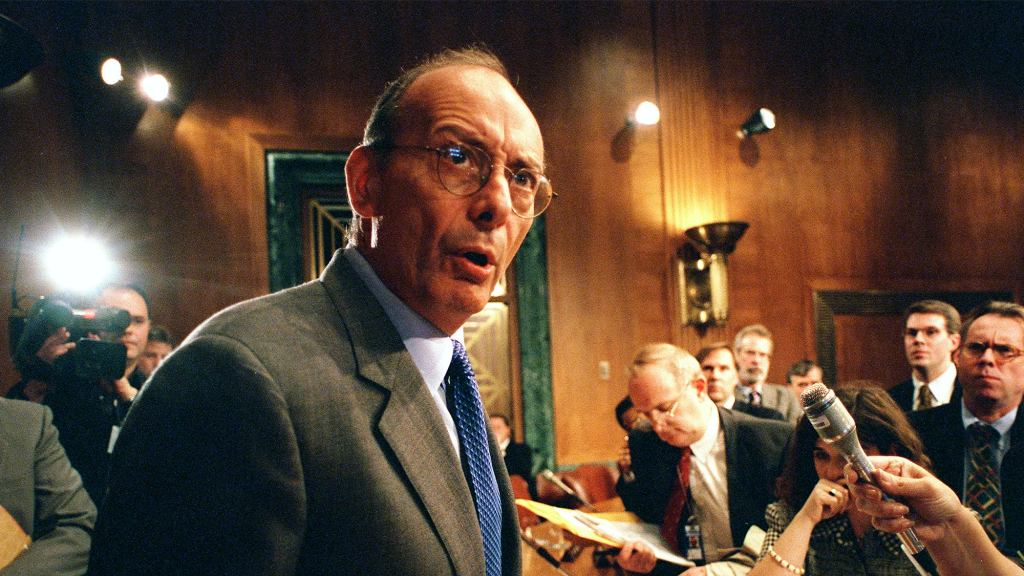The filibuster, a practice in which members of Congress can purposely delay a proposal through a lengthy speech or debate, is a source of controversy among both political parties. The Onion takes a look at the history of the filibuster.
1789:
Philip Schuyler becomes first member of Senate to ramble on a little too long about something no one else cares about.
1805:
Aaron Burr helps cement the filibuster into Senate law, keeping in mind that any good democracy is built on loopholes.
1837:
A group of Whig senators stage the first successful filibuster in a stroke of legislative genius that explains why the party is still such a dominant force in politics today.
1917:
President Woodrow Wilson urges change to the filibuster on the grounds that it’s super annoying when you really want to drive the U.S. into a war but a coequal branch of government won’t let you.
1939:
Jimmy Stewart’s iconic filibuster in Mr. Smith Goes To Washington inspires countless future politicians to misconstrue own passionate causes as heroic.
1953:
A tearful Wayne Morse abruptly stops his 22-hour filibuster of the Submerged Lands Act after realizing what he’s really speaking out against is his strained relationship with his father.
1957:
Strom Thurmond ends 24-hour, 18-minute filibuster against the Civil Rights Act after finally getting word in over the applause.
2013:
Rand Paul figures this the most effective way for him to grab some easy headlines.
2021:
Mitch McConnell’s nine-hour filibuster to defeat 19th consecutive Democrat-sponsored bill to fight climate change only underscores importance of always letting both sides have their say







